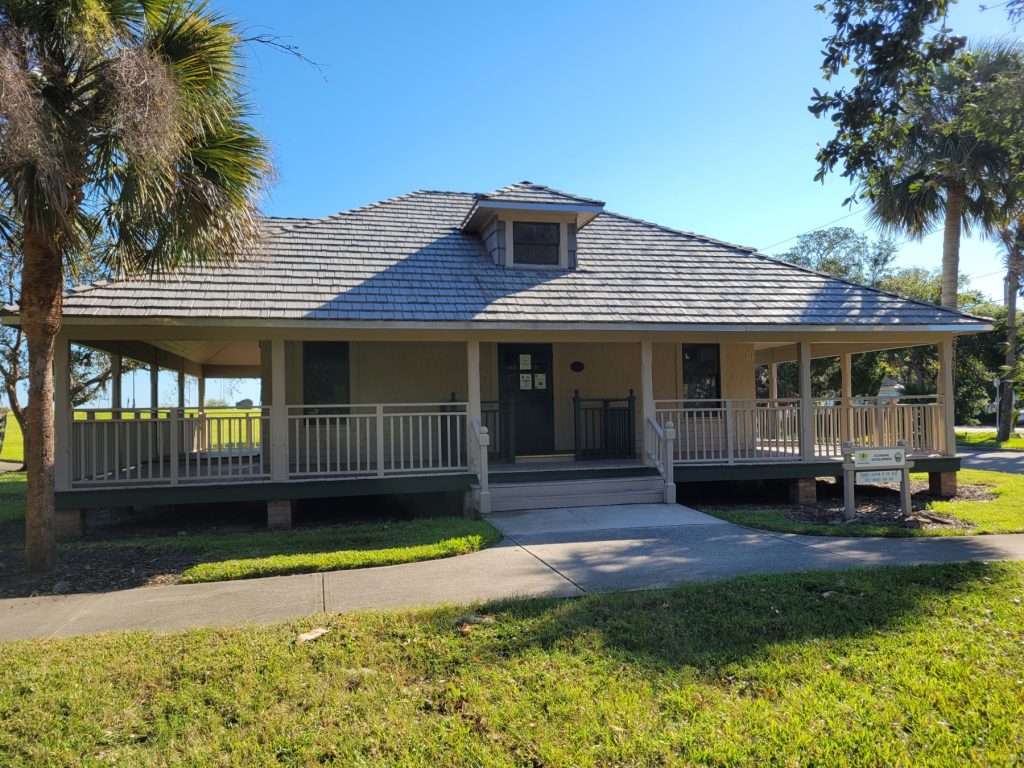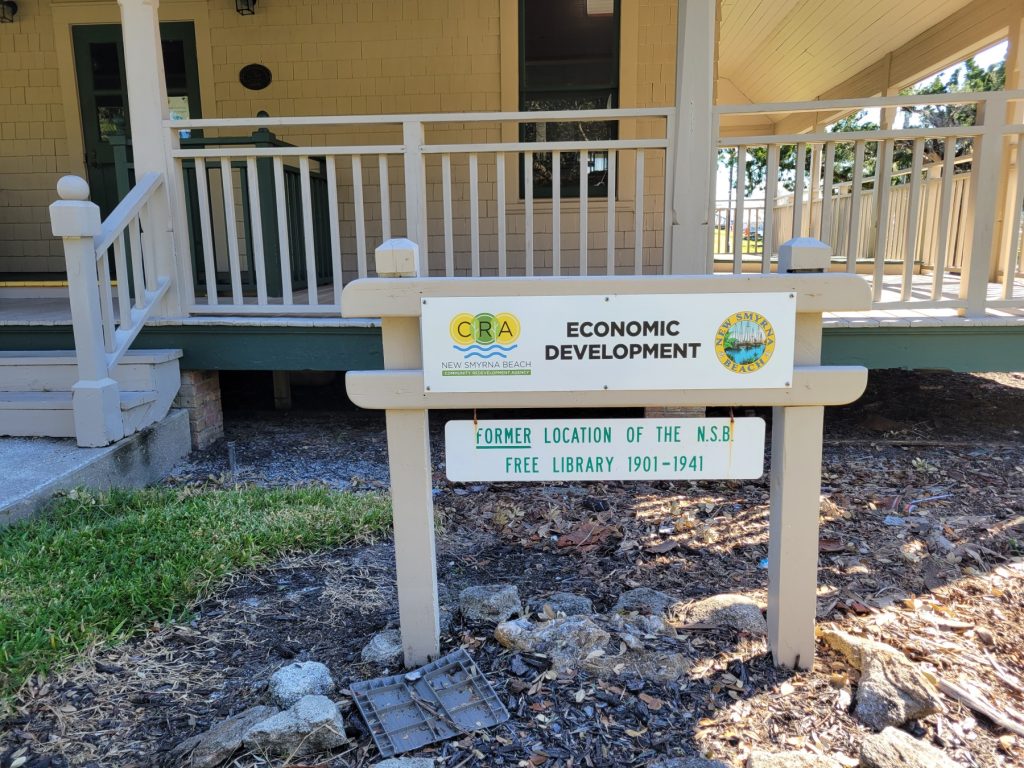For a better future, study the past.
Menu
For a better future, study the past.
People occasionally me my interests and what drives them. As you know, I use the moniker, Robert Redd Historian. It’s on my website, my Facebook page, my Twitter, my Instagram, my Pinterest, and my YouTube. OK, enough self-promotion there. Seriously, please click the links and feel free to give me a follow. I am generous in following back if the sites let me know you are there. The inevitable follow up is why public history. They want an example. Well, here you go, Why Public History: An example.
So, some of you may know I have a B.A. in American Studies and an M.A. in Public History. Just what is public history? That’s a fair question.
From the National Council on Public History, we get this definition; “public history describes the many and diverse ways in which history is put to work in the world. In this sense, it is history that is applied to real-world issues.”
Just who “does” public history? Again, a fair question and we’ll again turn to NCPH, “They call themselves historical consultants, museum professionals, government historians, archivists, oral historians, cultural resource managers, curators, film and media producers, historical interpreters, historic preservationists, policy advisers, local historians, and community activists, among many many other job descriptions. All share an interest and commitment to making history relevant and useful in the public sphere.”
Finally, how is public history used? Back to our friends at NCPH, “Although public historians can sometimes be teachers, public history is usually defined as history beyond the walls of the traditional classroom. It can include the myriad ways that history is consumed by the general public.”
So, we have a decent enough, but maybe not perfect, definition of public history. If I had to go back and choose from these quotes, I would make note of the last sentence, “…the myriad ways that history is consumed by the general public.”
Ultimately, as a public historian there are several key ingredients you must possess. The first is the field and study of history. The commitment to honesty, telling a full, complete, and unbiased story. While you may go into a story thinking you already know the outcome, that is often not the case. The public historian has to be willing to change their preconceived notions on a subject if the evidence leads them in that direction. This can make people, including sponsors, uncomfortable. As the American Historical Association states “Historians should practice their craft with integrity. They should honor the historical record. They should document their sources. They should acknowledge their debts to the work of other scholars. ”
A second important trait is the ability to understand your target audience. You must be able to relate to people. You must be able to talk AND listen. You must be able to work collaboratively. Even if your project is solo (or so you think), others are going to have input. If you are creating interpretive panels others are going to need to see them and provide input before the file is sent to production. If you are writing reports, editors will have input. If you are doing consulting work, those who hired you will want to review your work before it is released. You get the idea.
Finally, you need to be able to write in a manner that will make the public want to read what you are trying to get across. I love my academic friends, but often in reading a university press title, it is obvious it was written for an academic market with little consideration of public consumption. It’s too bad because the years of research that go into these books should be shared. OK, another fault with university press titles is that they can also be priced through the roof but that’s not the author’s fault.
If you have been to a national park and seen the panels there, or a battlefield with text panels near artillery you have seen what is most likely excellent public history. State and local parks often have excellent panels. Some parks will have booklets available for purchase at a nominal cost. These are often the work of staff historians, working with the public in mind.
Museums are another prime location for public history. Many museums are too text heavy for me, as the trend is often to move away from showing the real artifacts and instead “teach” visitors about subjects. Too often, these are exhibits that are full of long panels that do not take into consideration interest levels, attention spans, and time constraints of visitors.
Museums often are accused of being “revisionist,” whatever that might mean. I suppose if correcting false or incomplete narratives of the past makes one a “revisionist,” most public historians, when doing their job correctly, can proudly wear that label.
Online exhibits are becoming an excellent option and the public historian must know how to engage viewers quickly to keep them from clicking away. This takes skills in writing, technology, visual layout, and of course teamwork because there will be multiple experts working on such projects.


SO, the real reason for this post, WHY PUBLIC HISTORY: An Example, can be found in this building photo and the accompanying detailed photo. This seems like a pretty innocent image of an old building, with a small sign in front telling those passing by what the building is. It is now home to the Economic Development department of the City of New Smyrna Beach.
This sign could not have been written by a public historian. There are multiple problems with it that we shall examine.
The first issue for me is the mixed message I get as a viewer. We have the current use (got to get those logos in don’t we). The colors don’t match, the font doesn’t match, and there doesn’t seem to have a reason for having these differences.
The fact that this is two separate signs makes the hanging sign, with the rust stain running down it, look like an afterthought at best. Then there’s whatever garbage is on the ground in front of the sign, but I can forgive that. A good city employee will pick that up as soon as they see it.
So, the first thing we need are two separate signs in my opinion. Personally, I would not even have two signs. The original sign, stating the current use of the building is fine. For any information about the prior use of the building, I would create an interpretive panel (some of you might call it a sign and that’s OK). These panels can get a bit pricey and can not be printed by local sign manufacturers, if you do it correctly. These panels will need the work of a historian, a graphic designer, an editor, and cooperation with a producer such as iZone Imaging.
My second issue with this hanging sign is the overall wording that has been used. “Former location of the N.S.B. free library 1901-1941.”
Where to begin here. I guess first is that there is no reason to underline the word former. You have already told people what offices are now in the building. Nobody believes it is the current New Smyrna Beach library.
My second issue with the wording is the abbreviating of the city name to N.S.B. Just spell it out. Yes, we all know what it means, but would it have really cost that much more to spell out your own city name? And how about a comma after the word library?
Finally, the use of the term “free library” has caused problems. How do I know? I have had visitors to the city personally tell me that an employee in the building told them the library was created specifically for freed slaves living in the area. Oh, my. If I had only been told the story once, I wouldn’t think much of it. More than once, by different people on different occasions is problematic. Where that story originated is beyond me but I have to attribute it, at least partly, to the language on the sign. Fortunately, that employee is no longer in the building but how many people, locals and visitors, did she tell that story to.
My final problem is that the sign is just badly written and leaves out, well, the entire story. Yes, this building is the home of the former library. The operating dates are accurate based upon what is known. The problem is, this building was moved to its current location in 1991. The wording of the sign strongly implies that the building has always been located in Old Fort Park.
While I do not know when this hanging sign was installed, if was after 2015, a very cursory review of my book, Historic Sites and Locations of New Smyrna Beach, would have helped tremendously and pointed the creator to source material. I would have gladly helped whoever was creating the sign. Even if the sign was installed prior, very limited research would have helped create a more accurate, and interesting, story.
 3′ x 5′ Allegiance American Flag – $65.00Using the toughest nylon fabric, double needle lock-stitching, and bartacking, this is simply a superior flag. Most importantly, Allegiance’s American Flag is 100% sourced and made in the USA by highly skilled seamstresses, many of whom lost work as the American textile industry moved overseas. We couldn’t be more proud to bring that work back, creating irreplaceable value for them, our customers, and our great country. |
What is the sign leaving out you might ask.
The founders of the library, Washington and Jeanette Connor are never referenced. Who were they and what was their connection to New Smyrna (it wasn’t New Smyrna Beach at the time.) How did the prior toll bridge tie into the story? How did the city gain ownership of the building? Where was the library located prior to its move? Why was it moved at all? What remodeling and renovation work has been done to the building? Who else has had use of the building since it was moved?
So as we can see, the use of a public historian to create a better interpretive panel, or panels, for this century plus year old building could have answered many questions that visitors and locals might have. This area is a busy one, especially during Saturday farmers markets and during the large number of downtown events and festivals the city holds. A proper panel, or series of panels, would supply to readers an accurate and more complete version of events.
For a town that attempts to pride itself on its history, this is an issue that should be addressed. City of New Smyrna Beach, I am easy to find!
Thank you for taking the time to read my ramblings on the importance of proper public history. I think you can now better understand the question of Why Public History based upon this example. What examples of incomplete or bad public history have you encountered? Share your Why Public History: An Example experiences with other readers.
